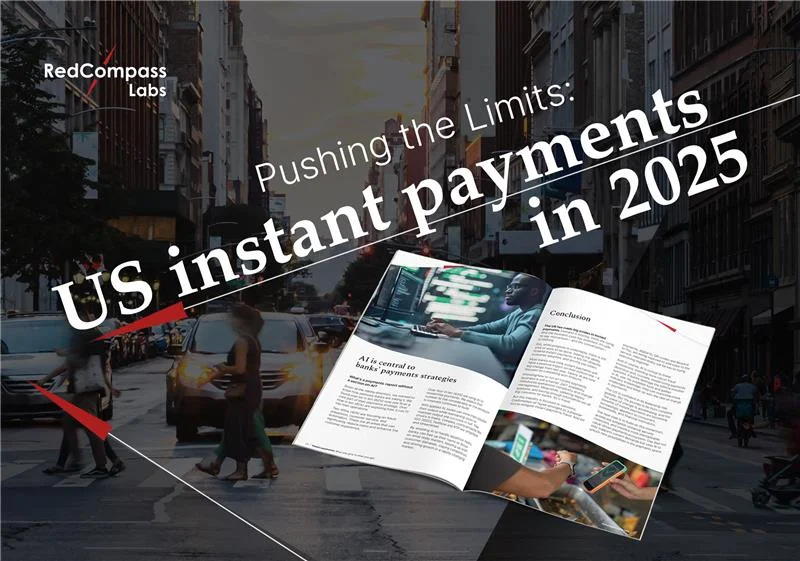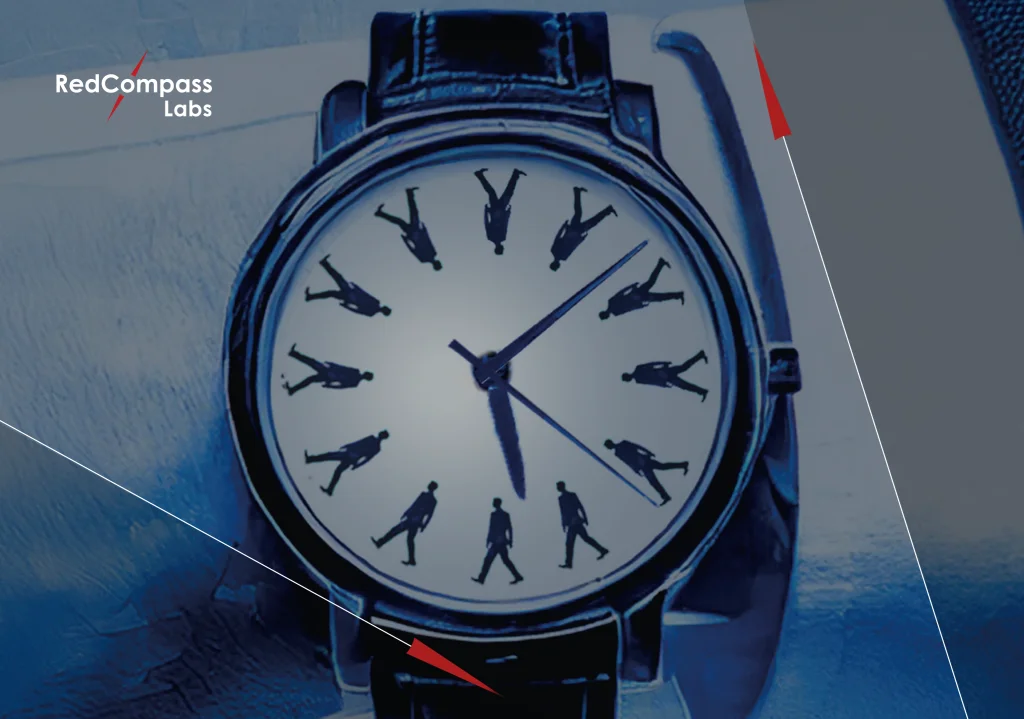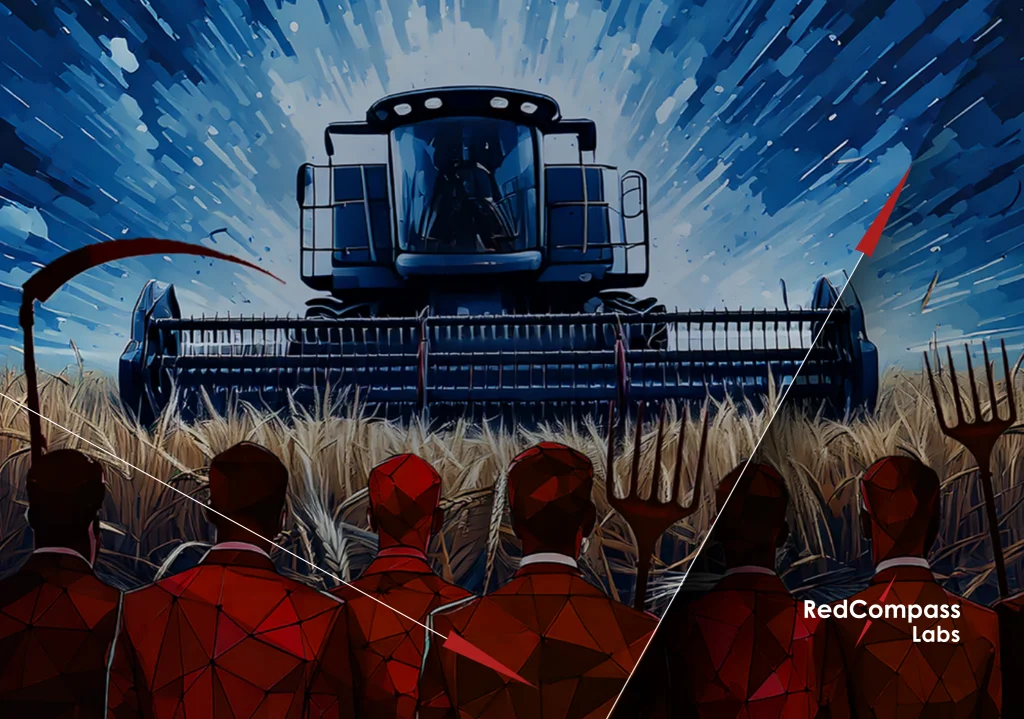As Payments Canada prepares to launch the Real-time Rail (RTR), a familiar question keeps surfacing: Does Canada really need another instant payments scheme?
After all, Interac e-Transfer already moves money (near) instantly within minutes and has become a staple in everyday life. Isn’t that enough?
Well, the short answer is no. And thinking otherwise is a dangerous trap.
For evidence, we only need to look south of the border.
When familiarity delays progress
Consider Zelle, a US near-real-time person-to-person (P2P) payments service.
Zelle is similar in many ways to Interac. It’s bank-owned, very popular, and growing. In 2023, Zelle had around 16 million enrolled users. In 2024, the user base jumped to 151 million. and transaction values rose by 27%. In total, Zelle processed more than $1 trillion across 3.6 billion transactions in 2024—about $1.9 million every minute.
Zelle is so widely used that it’s closing down its standalone app because it’s now embedded within so many financial institutions’.
But, it’s not a ‘true’ instant payment system. Unlike The Clearing House’s Real-time Payments (RTP) Network and FedNow, the US’s real instant payment schemes, Zelle payments can be reversed under certain conditions. Settlement is not always immediate. It operates on top of traditional banking infrastructure, relies on batch processing, and isn’t available 24/7. Transactions vary by bank but are relatively low, anywhere from $500 – $10,000 for a daily limit.
What’s more, Zelle is limited to domestic transactions within the U.S. and doesn’t offer the same real-time clearing and settlement as true instant payment schemes.
Sound familiar?
One part of the puzzle
Now, consumers (most likely) don’t care. They just want to send and receive money quickly, which is why Zelle is such a success.
The trouble is that some banks offer Zelle and feel they already provide a form of real-time payments. So, many put off adopting RTP or FedNow. Zelle has created the illusion that the job is already done (for some banks).
But – and this is a big but – Zelle only really solves part of the problem. P2P use cases are well served, and small businesses are starting to use it more. But Zelle falls short when it comes to business-to-business (B2B) needs.
Zelle lacks many of the features businesses rely on—like remittance data, payment tracking, high transaction limits, and standardized pricing. For many institutions, Zelle for business is still relatively new, and inconsistent experiences makes it harder for businesses to adopt.
Businesses need certainty about cash flow. Waiting three days for transactions to settle is no longer enough.
What’s more, Zelle doesn’t offer the same fraud protections or reconciliation tools as ACH or wire payments. For most transactions, there’s no built-in dispute resolution — and if a payment is authorized, it’s typically final, even if sent in error or as part of a scam. While Zelle has been working to improve fraud prevention in response to growing concerns, many businesses still consider this a risk they’re not willing to take.
So, while Zelle works well for sole proprietors and smaller firms (who prioritize speed and simplicity), it lacks the controls and audit trails that larger enterprises need for scalable, secure operations.
Get real (time)
This is where RTP and FedNow really shine. Both schemes offer real-time settlement, API access, and richer data formats through ISO 20022. That means automated reconciliation, including invoice details, and integrated payments with ERP (enterprise resource planning) systems—key capabilities for larger businesses. Capabilities that will eventually improve straight-through processing.
Transaction limits are also much higher. RTP raised its cap to $10 million in February 2025, while FedNow will raise its cap to $1 million in June 2025. That unlocks new use cases for businesses, who can send and receive much larger sums of money (if their bank allows it).
So, RTP and FedNow may be a better choice for business. But (partly) because of Zelle, RTP, and FedNow, adoption has been slower than the rest of the world. The latest figures suggest around 70% of US banks will be able to receive instant payments via either scheme by 2028, while around only 30% will send them. Compare that to India’s UPI (United Payments Interface), which has 99% of banks on board today and processes 80% of all of India’s digital transactions. Granted, the US and Indian markets are very different. But the point remains.
All the while, US businesses, the biggest drivers of instant payment revenues, have been left underserved. That is beginning to change. But there’s still a gap.
Interac e-transfer
Now let’s consider Interac e-transfer. In many ways, Interac e-transfer is similar to Zelle (though it predates Zelle by a number of years). It, too, is a near-real-time, bank-integrated P2P platform. And it, too, is growing. Interac e-Transfer volume rose from 1.2 billion transactions in 2023 to 1.4 billion in 2024—a 17% increase. While 2024 value figures aren’t out yet, Zelle processed $459 billion in value in 2023—about $1.3 million every minute.
Just like Zelle, Interac isn’t really real-time. Transfers typically happen within minutes, but final settlement can be delayed, especially outside business hours, due to bank-specific processing and fraud controls. It wasn’t initially designed to power modern business payments, support high-value transactions, or provide the infrastructure needed for open, scalable, API-driven financial services.
Interac relies on individual banks to settle transactions, rather than providing guaranteed 24/7, irrevocable settlements. So, the payment isn’t truly final, and the funds aren’t actually with the recipient.
And again, Interac doesn’t fully meet business needs. It lacks complete structured remittance information in a truly global, interoperable standard like ISO 20022 (such as invoice number, payment purpose, etc.,). It doesn’t include consistent reconciliation support, real-time payment confirmation notifications, or tracking features that businesses depend on. Transaction timing can vary, dispute resolution is limited, and it isn’t designed for higher-value or high-volume payments. Plus, Interac e-transfer cannot be linked across borders to other instant payment schemes yet.
What’s more, transaction limits for personal accounts are typically capped between $3,000–$10,000, with business limits varying by institution. Compare that to RTP’s $10 million limit, FedNow’s $1 million, and SEPA Instant’s upcoming removal of limits altogether, and you can see why more advanced rails matter.
Yes, Interac could increase its limits. Banks keep them low on the sending side to reduce risk, and that might be appropriate for P2P payments. But it won’t work with SMEs and corporates.
RTR isn’t Interac 2.0—and it shouldn’t try to be
Which brings us to the Real-time Rail. The RTR, Canada’s instant payments scheme, is set to launch in the coming years. It will not be another P2P tool like Interac or Zelle. It will be a foundational payment rail, just like RTP, FedNow, and SEPA Instant.
The RTR has the potential to modernize business payments across Canada with real-time invoicing, ISO 20022 remittance data, instant reconciliation, and API-driven payment flows.
Interac e-transfer and the RTR will complement each other. Yes, they will both aim to provide faster, more accessible ways for institutions and consumers to move money. But their governance structures (public vs private) and target audiences (current Interac Members vs (mostly) big banks, FIs, and new participants such as fintechs)help broaden the reach of instant payments. This dual-system approach encourages competition and innovation, potentially leading to better services. Services such as corporate treasury and supporting new bank revenue models.
Importantly, RTR is the infrastructure, not the end product. It’s the foundation on which banks and fintech will build new payment services. Canadian banks should be asking how to replace manual B2B workflows, modernize treasury operations, and unlock real-time commercial experiences ahead of their launch.
Do we need another instant payments scheme?
If we only aim to move money faster, we will not succeed in building the real-time payment scheme Canada needs. But if we rethink how money moves—and everything that happens around it—the RTR can be so much more.
RTP and FedNow coexist. They live alongside Zelle, PayPal, and CashApp. They manage by targeting different segments of the financial market, which fosters healthy competition. The same rationale holds for Canada. There is room for both Interac e-transfer and the RTR to coexist.
The question is not: do we need the Real-time Rail? The real question is: what can we build on top of the RTR to lead the future of payments?
Share this post
Written by

David Patrick
Head of Payments Strategy, RedCompass Labs

Kellie Johnson
SVP Payments, Americas, RedCompass Labs






